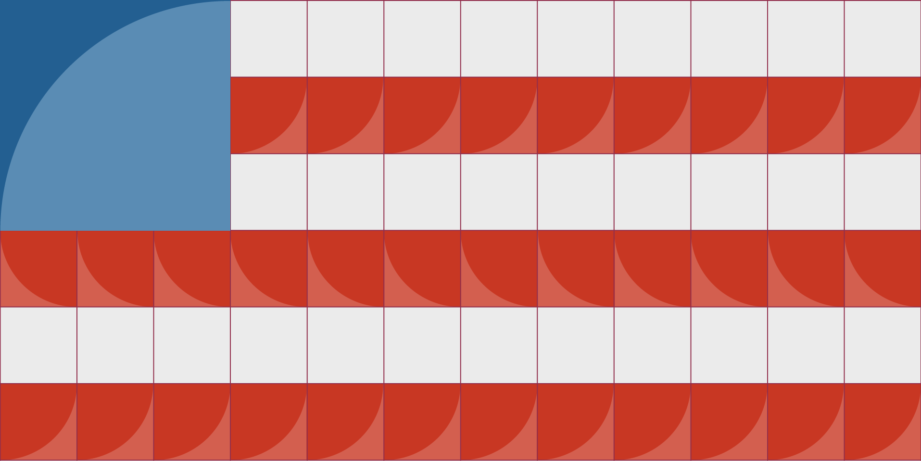Attractive returns with US Corporate bonds
For 2021, with interest rates at record lows and tightened spreads, investors are wondering where to turn in order to generate returns in the liquid fixed income universe. We will show that US credit investments offer attractive returns even after currency hedging. Due to a steep US yield curve, the expected return is higher than the current yield.


Dr Harald Henke
Head of Fixed Income Portfolio Management
Average returns for safe-haven securities such as government and covered bonds are negative, whereas euro-denominated investment grade (IG) corporate bonds generate yields of less than 0.5%. In this environment, US dollar-denominated corporate bonds are an exception, offering yields of 1.9% – and a current yield of 1.2% including FX hedging.
In addition to this yield pick-up, investors in US dollar corporate bonds benefit from a diversifying effect. The ICE BofA US Corporate Index is even more diversified than its European counterpart; it includes more than 8,800 bonds issued by nearly 1,100 corporates, compared to 3,600 bonds issued by over 600 companies in the Euro IG index. Moreover, sector concentration in the ICE BofA US Corporate Index is lower than in a comparable Euro index. For example, financial bonds account for only about 30% of the US index compared to 40% in Euro. Investors also gain access to the US yield curve which does not always correlate with the European yield curve.
When investing in US bonds, investors should hedge their currency risks, since FX volatility is significantly higher than corporate bond volatility and thus has a dominant impact on returns. For efficiency reasons, this hedge is often set up for a month and then rolled over monthly, a methodology also applied by benchmark providers when calculating currency-hedged benchmark returns. However, hedge costs are subject to strong fluctuations: whilst in November 2020 they had amounted to 0.85%, costs rose to 1.65% by mid-December 2020. Figure 1 illustrates these hedge costs and their components over the last two years.
The blue line depicts the annualised costs for a EUR/USD hedge, comprised of the one-month interest rate differential between European and US interest rates (red bar) and the cross-currency basis (orange bar). While the interest rate differential can be seen as fundamentally justified hedge costs, the cross-currency basis is usually interpreted as an indicator of excess demand for US dollar hedging in the market. As figure 1 shows, the basis often increasesduring crises (e.g. in March 2020) or at the end of the year, temporarily – not permanently – making the hedge more expensive.
Hedge costs for EUR/USD – varying over time
Roll-down as an additional yield factor
However, the current interest return on the bonds minus the hedge costs is not the total return an investor can expect on an annual basis, since it does not include the roll-down return, i.e. the additional return resulting from the decrease in the residual maturity of invested bonds over time. Provided that the yield and spread curves have a certain degree of steepness, a decrease in the remaining term of a bond lowers its yield to maturity, which in turn increases the bond price and thus generates an extra return. With the US yield curve currently being steeper than the European curve – as at mid-December 2020, the yield pick-up of 10Y versus 2Y US Treasuries amounted to 0.75%, whilst the difference in Europe was only 0.15% – this is another source of excess return offered by US bonds compared to their European counterparts. Adding this roll-down return to the current yield results in the expected total return on investment, assuming interest rates and spreads remain unchanged. Figure 2 shows that a US dollar IG bond index with a duration of around 9 can be expected to generate a total return of approximately 2%.
Yield pick-up and diversification potential
In the current low-yield environment (with negative yields or yields close to zero), US dollar-denominated corporate bonds offer potentially attractive yields – even when hedging FX risks. In addition to this yield pick-up, these investment vehicles also provide diversification benefits. As a result, investors analysing liquid fixed income investments for 2021 should keep US bonds on their radar.